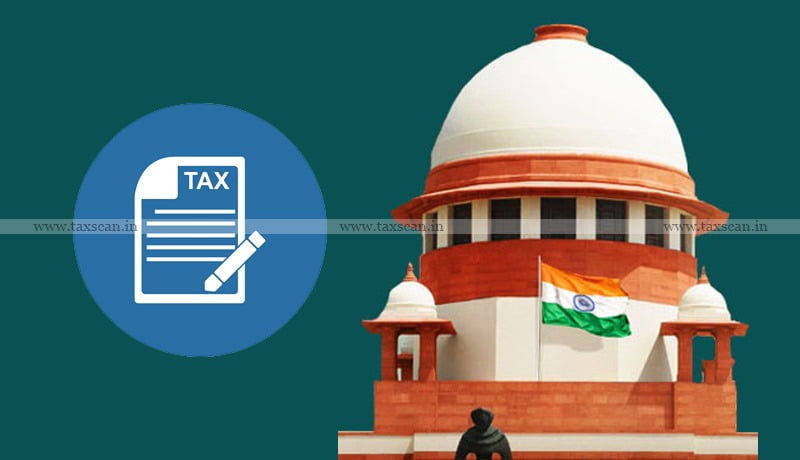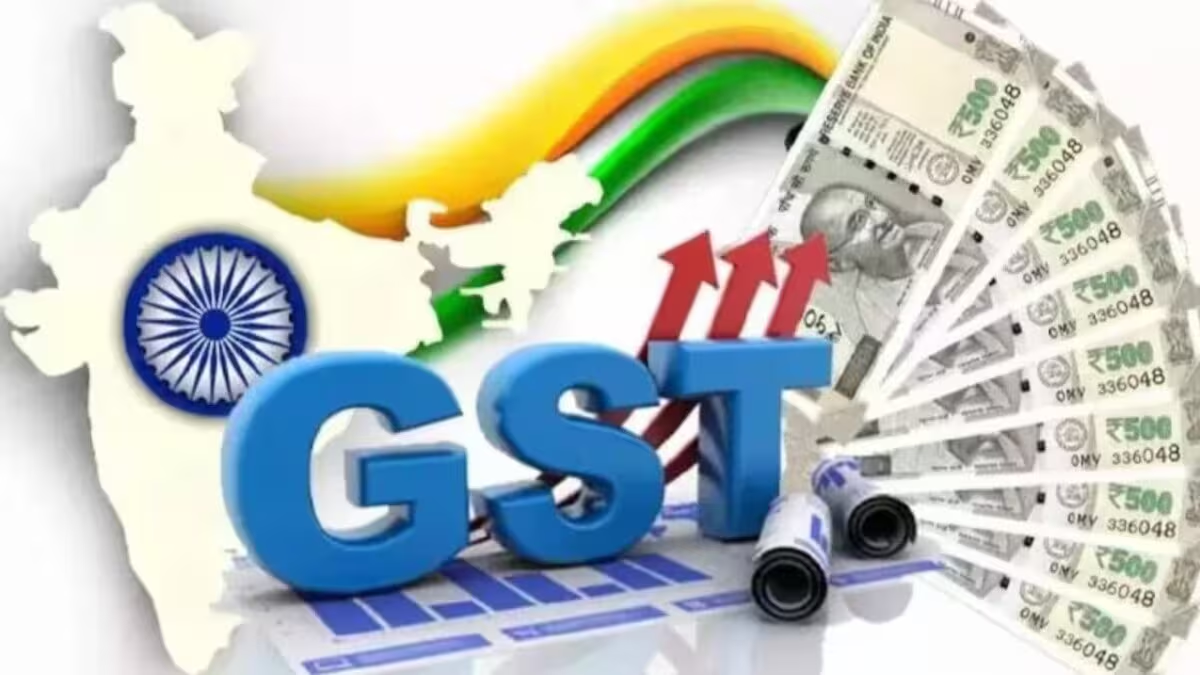with monthly revenues consistently exceeding ₹1.5 lakh crore, reflecting its critical role in India’s revenue ecosystem.
However, as India’s economy evolves, global consultancy PwC has highlighted the need for a structural overhaul in the GST regime to address persistent challenges and strengthen India’s economic momentum.
PwC’s Key Recommendations for GST Reform
PwC’s report emphasizes that while GST has streamlined tax collection, several structural gaps remain, including:
1️⃣ Simplification of GST Rate Structure
Multiple tax slabs (5%, 12%, 18%, 28%) create classification disputes.
Rationalization towards fewer slabs could reduce litigation and compliance burdens for businesses.
2️⃣ Expansion of GST Base
Certain goods like petroleum products, electricity, and real estate remain outside GST.
Bringing these under GST could enhance tax efficiency and improve input credit mechanisms.
3️⃣ Addressing Input Tax Credit (ITC) Issues
Complex rules and frequent credit mismatches result in working capital blockages for businesses.
A clear, technology-enabled ITC framework is critical to ensure seamless credit flow.
4️⃣ Dispute Resolution Mechanism
Despite faceless adjudication efforts, litigation under GST remains high.
PwC suggests specialized GST benches and mediation frameworks to expedite resolution and reduce legal uncertainty.
5️⃣ Enhancing Technological Infrastructure
While India’s GSTN has improved compliance tracking, further AI and data analytics integration can strengthen fraud detection and compliance monitoring.
Why GST Reform Matters Now
As India aims to become a $5 trillion economy, GST must evolve to:
✅ Reduce compliance costs for businesses.
✅ Minimize classification and valuation disputes.
✅ Enable efficient input credit flow to improve cash flows.
✅ Provide stability and predictability for investors.
✅ Boost state and central revenues sustainably without burdening taxpayers.
Industry Perspective: Balancing Revenue with Ease of Doing Business
For manufacturers, exporters, and service providers, GST reforms can:
🔹 Improve working capital efficiency by resolving ITC delays.
🔹 Reduce classification disputes, aiding smooth operations.
🔹 Enable seamless pan-India operations with lower compliance friction.
🔹 Foster a predictable tax environment, critical for investment decisions.
PwC’s reiteration of support for structural GST reforms aligns with industry voices seeking a more streamlined, business-friendly tax regime to enable India’s growth ambitions.
The Road Ahead: Aligning GST with Growth
The Finance Ministry has acknowledged the need for rationalizing GST rates and improving system efficiency, but implementation requires careful calibration to balance state and central revenue considerations.
As the Indian economy expands in manufacturing, digital services, and green energy, aligning GST structures to evolving sectors will be critical for driving competitiveness and reducing transaction costs across supply chains.
Conclusion
Eight years after its historic launch, GST remains a cornerstone of India’s indirect taxation system. PwC’s call for a structural overhaul underscores the need to evolve GST for India’s next phase of growth, ensuring it remains a catalyst for ease of doing business, tax certainty, and economic resilience.








